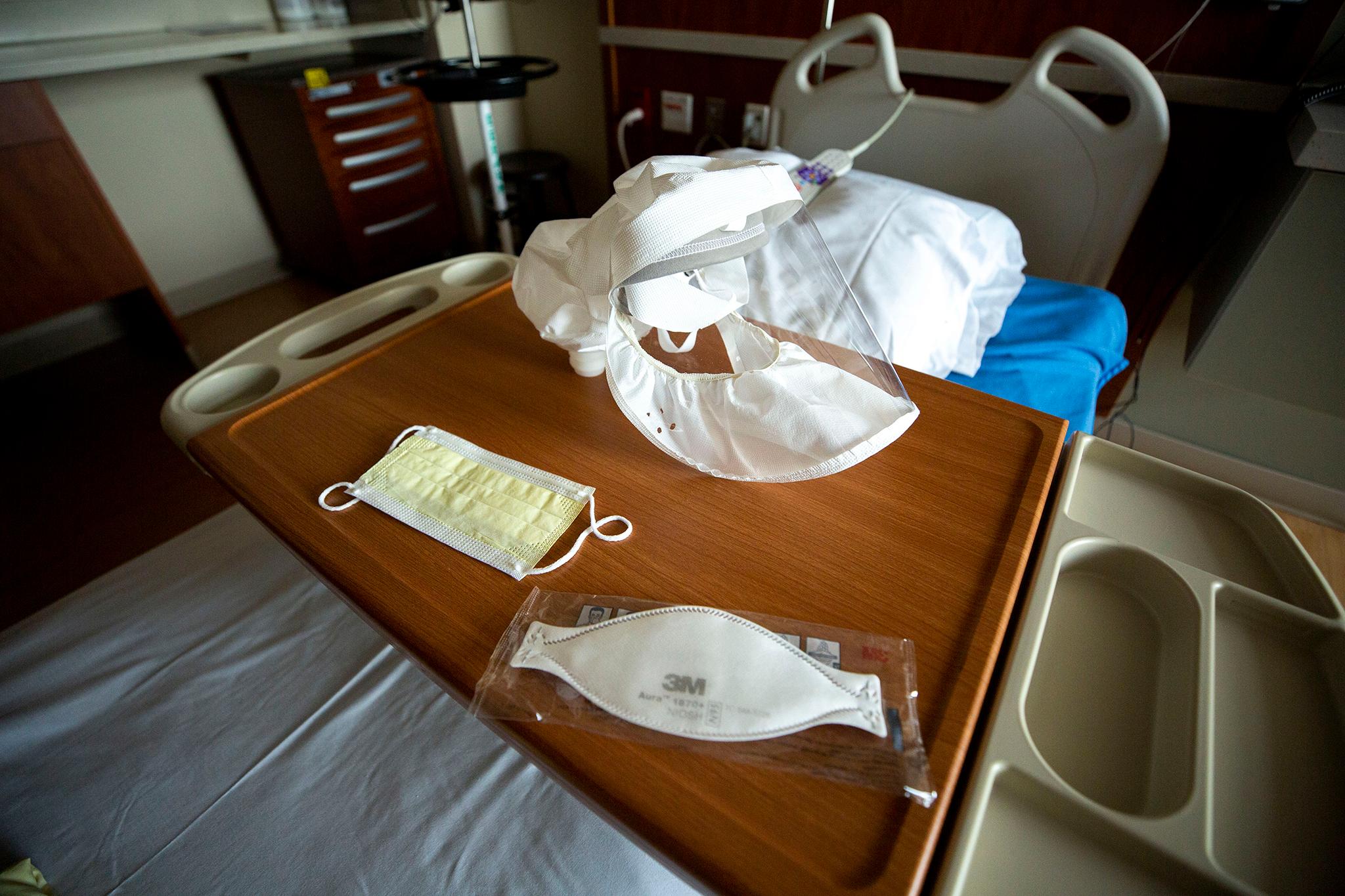
Colorado's health department is working to get more information out to the public about circulating respiratory viruses. It’s doing that by posting the results of wastewater testing on a new surveillance dashboard.
Wastewater testing for COVID-19 began during the pandemic. That’s where researchers discovered there was gold — key information — in the brown and murky sludge that flows from toilets through sewage treatment plants.
Now the state is tracking other viruses like subtypes of influenza A, influenza B, respiratory syncytial virus (RSV) and enterovirus D68, which can cause AFM, acute flaccid myelitis, an uncommon but dangerous neurological condition that mostly affects children. Trends for each can be found on the data dashboard.
“It is a very non-invasive, cost-effective way to monitor the health of a community,” said Allison Wheeler, wastewater surveillance unit manager with the Colorado Department of Public Health and Environment (CDPHE). “It doesn't rely on people seeking care, it doesn't rely on people being tested, and it provides that anonymity.”
Colorado’s state lab in Denver is now using a more sensitive method for testing wastewater. It can detect influenza A viruses like H1 and H3.
The agency is also tracking H5 bird flu, which is now spreading in dairy cattle and birds and has caused rare human infections. Earlier this year, Colorado recorded 10 confirmed cases in poultry and dairy workers.
“We can determine what kind of illness is circulating in a community without relying on that clinical care piece,” Wheeler said. “It also can capture asymptomatic cases, and a lot of times we have wastewater data before we have clinical data.”
The federal Centers for Disease Control and Prevention funded a bit more than $22 million from August 2021 through July 2027 for Colorado’s program. The money comes from COVID-19 stimulus funds including the Paycheck Protection Program and Health Care Enhancement Act and the American Rescue Plan Act, according to CDPHE.
Funding is split between the disease control and public health response division and the state lab. It covers staff time, testing supplies, courier costs, and a wastewater testing contract with the University of Denver, the agency’s academic partner for its wastewater work.
The testing has proven its value through the pandemic, Wheeler said, providing more data points besides things like hospitalizations, cases and the positivity rate, the rate of positive tests. The health department posts wastewater weekly on its COVID-19 data dashboard, showing weekly wastewater trends by utility and listing them as increasing, plateauing or decreasing.
“I think as testing rates decline (because fewer people are testing at home and in general), wastewater surveillance becomes more valuable because people aren't seeking care,” she said.
The promise of this type of surveillance is shown in emerging research, which has exploded in recent years as wastewater surveillance is becoming increasingly prevalent around the globe.
Wheeler said they retrospectively tested wastewater and found they could detect enterovirus D68 before it had been identified in the community.
“We did find that we could find enterovirus D68 in wastewater almost a month before we saw clinical cases and then syndromic surveillance data,” she said. A study, with authors from CDPHE plus Children’s Hospital Colorado, was published in March in the journal Emerging Infectious Diseases.
“I think we are trying to do our best to prove the program's worth,” Wheeler said, noting at some point she could see wastewater being tested for West Nile virus and candida auris, an emerging fungus, which is easily spread among patients in healthcare facilities, that can cause severe, often multi-drug-resistant, infections.









